Vinh Phuc is a province located in the Northern key economic region, the gateway to Hanoi Capital, near Noi Bai International Airport, a bridge between the Northwestern provinces with Hanoi and the Red River Delta, so the province plays a very important role in the regional and national economic development strategy.
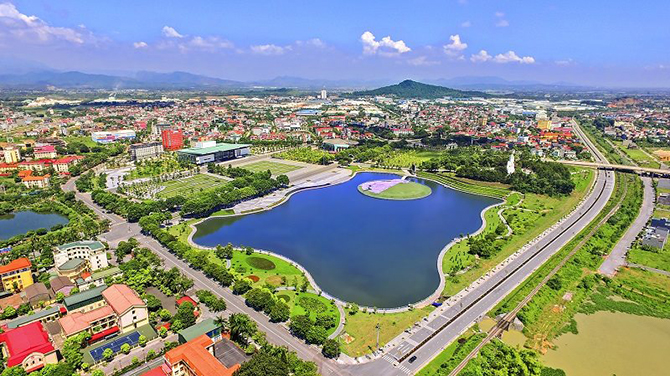
Vinh Phuc province was established in 1950, on the basis of merging 2 provinces: Vinh Yen and Phuc Yen, in 1968 merged with Phu Tho province to form Vinh Phu province, from January 1, 1997, Vinh Phuc province was re-established. Implementing the policy of the Party and State on expanding the administrative boundaries of Hanoi capital, on August 1, 2008, Me Linh district, Vinh Phuc province was transferred to Hanoi city.
The current natural area of Vinh Phuc is 1,235.87 km2 (according to the 2018 statistical yearbook), bordering Tuyen Quang and Thai Nguyen provinces to the north, Phu Tho province to the west, Hanoi capital to the south, Soc Son and Dong Anh districts - Hanoi to the east, population 1,171,232 people (according to the 2020 statistical yearbook). Vinh Phuc has 41 ethnic groups living in the area, mainly Kinh, San Diu, Nung, Dao, Cao Lan, Muong. Vinh Phuc has 9 district-level administrative units: 2 cities (Vinh Yen and Phuc Yen) and 7 districts (Tam Duong, Tam Dao, Yen Lac, Vinh Tuong, Lap Thach, Song Lo, Binh Xuyen); 136 communes, wards and towns.
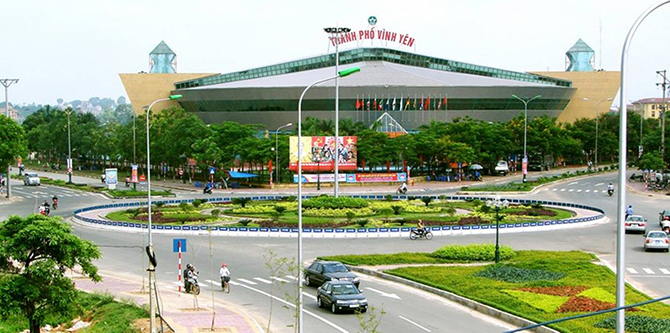
As a province with a long tradition of patriotism and revolution, many places and people in Vinh Phuc have left their mark with feats known throughout the country, typically the victories of Khoan Bo, Xuan Trach, Nui Dinh, ...; Vinh Phuc is also the origin of innovation in agricultural and rural management thinking, with the bold "household contracting" method in the late 60s and 70s of the 20th century, which was a breakthrough step, creating a practical basis for innovation in the economic management mechanism of agriculture, rural areas and farmers of our Party later.
Since the re-establishment of the province (in 1997) up to now, Vinh Phuc has always been consistent in its thinking and vision of innovation, in which it has determined to focus on industrial development, considering industry as the foundation and driving force for development; improving service quality, making tourism a spearhead economic sector; enhancing the improvement of the investment environment; mobilizing, exploiting and effectively using resources for socio-economic development, improving people's lives.
Up to now, Vinh Phuc has become a province with a developed economy, the economic growth rate is always high, some years it increases over 20%. The average increase in the period of 1997 - 2021 is 13.42%/year; the quality of growth is improved, labor productivity reaches 212 million VND/worker/year, an increase of 20.5 times compared to 1997 (10.3 million VND/worker). The economic scale is increasingly large, by 2021 it will reach 136.2 trillion VND, an increase of 69.6 times compared to 1997 (1997: 1.96 trillion VND).
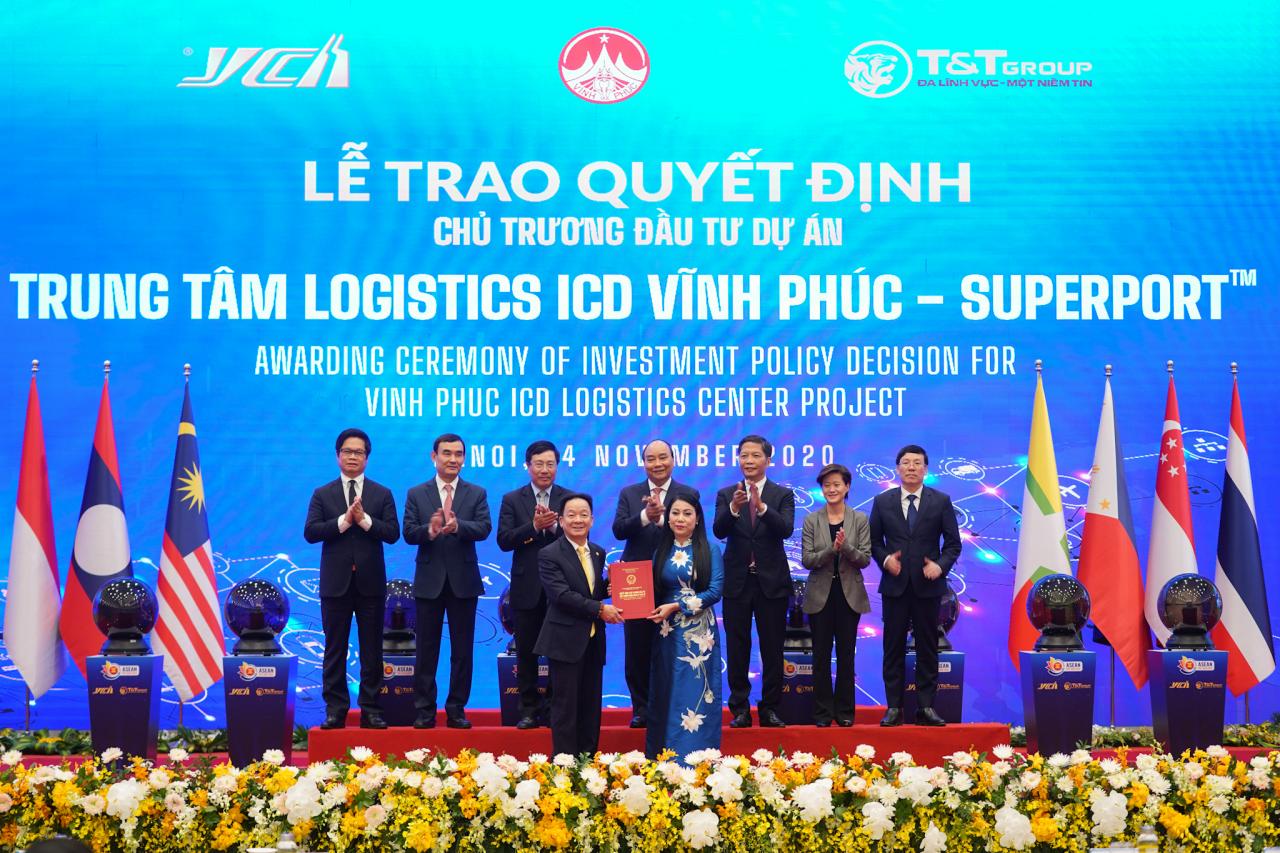
The economic structure has shifted positively towards industrialization and modernization. The industrial and construction sector has achieved a fairly high growth rate, playing the leading role and driving force for economic development and holding the main proportion in the province's GRDP structure (in 2021, accounting for 63.74%; services accounting for 28.43%; agriculture, forestry and fishery accounting for 7.83%).
GRDP per capita has continuously increased over the years. In 2020, it reached 105.5 million VND/person, ranking 5th out of 11 provinces in the Red River Delta and 10th out of 63 provinces/cities nationwide; in 2021, it reached 114.3 million VND/person (about 4,800 USD), 52.5 times higher than in 1997 (1997: 2.18 million VND/person).
State budget revenue is high, always exceeding the set target, with many important milestones and always in the top of the provinces with the highest budget revenue in the country. In 1997, budget revenue reached just over 100 billion VND, by 2002 it exceeded 1,000 billion VND, since 2004 Vinh Phuc has been able to balance budget expenditures and contribute and regulate to the central budget; in 2009 it exceeded 10,000 billion VND, in 2014 it exceeded 20,000 billion VND and by 2016 it exceeded 30,000 billion VND. In particular, in 2019 it reached over 35,000 billion VND, making it the 8th largest budget revenue province in the country and the 4th largest in the Northern key economic region; In 2020 and 2021, despite the impact of the Covid-19 pandemic, the province's total budget revenue still reached over 32,000 billion VND (of which domestic revenue reached nearly 28,000 billion VND), 282 times higher than the budget revenue in 1997. The high increase in budget revenue has created conditions to increase investment resources for socio-economic infrastructure and implement social policies.
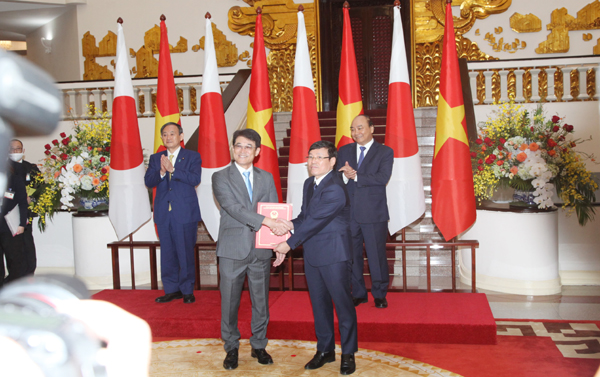
Attracting investment for many consecutive years has become a "bright spot" of the whole country. As of 2021, the province has had 429 FDI projects with a total registered investment capital of 7.1 billion USD from 20 countries and territories investing in the province, including developed countries such as the US, Japan, European countries and 824 DDI projects with a total investment capital of nearly 110 trillion VND. From having no industrial parks when it was re-established, the province now has 19 planned industrial parks, of which 14 have been granted investment certificates (8 of which are in operation).

The transport infrastructure system has been significantly improved in a synchronous and modern direction, 100% of national highways have been asphalted; the Hanoi - Lao Cai expressway running through the province with 5 intersections has been, is and will be a favorable condition for connecting with the northern provinces and the Red River Delta. 100% of provincial and district roads have been hardened; roads from the provincial administrative center to the district center have been expanded, renovated and upgraded; the province has solidified over 95% of rural traffic routes and 65% of intra-field traffic routes.
The rural appearance has changed completely, the new rural construction program has received attention and achieved important results. By the end of 2021, the whole province had 100% of communes (105 communes) meeting new rural standards, 11 advanced new rural communes, 36 model new rural villages, 5/9 districts and cities were recognized as meeting standards, completing the task of building new rural areas. The rural agricultural economy has clearly changed towards increasing productivity, quality and efficiency; rural infrastructure has been built synchronously and spaciously; the lives of rural people have been increasingly improved and enhanced.

Many national cultural values, relics and heritages have been preserved and promoted; the material and spiritual life of the people has been significantly improved. The movement of the whole people uniting to build a cultural life has received attention; up to now, the whole province has 91.84% of families achieving the title of cultural family, 93.85% of villages and residential groups meeting cultural standards. The whole province has 65 relics ranked at the national level, 03 relics ranked as special national relics (the historical, cultural and scenic relics of Tay Thien - Tam Dao, the architectural and artistic relics of Binh Son Tower and the architectural and artistic relics of Tho Tang communal house). Vinh Phuc has 3 types of intangible cultural heritages listed by UNESCO (Ca Tru singing, the heritage of Keo song Huong Canh, the worship of the Mother Goddess of the Three Palaces of the Vietnamese people) and 5 heritages listed in the national intangible cultural heritage list (Ngu Doi Temple Festival, Soong Co singing of the San Diu people, Duc Bac drum singing, the worship of the Mother Goddess of Tay Thien and Dai Dong communal festival).
The province's key sports in recent years have achieved many achievements at national and international competitions such as Rowing, PenCak Silat, Shooting... Bamboo Airways Vinh Phuc women's volleyball team won promotion and participated in the National Championship in 2022.

The Education and Training sector has always been considered one of the provinces and cities with the best education quality in the country. The network of schools at all levels has been planned and invested in. By 2019, 100% of public schools had met national standards. Vinh Phuc is the 5th province in the country to be recognized as meeting the standards for universalizing 5-year-old kindergarten in 2013 and achieving universal primary education level 2 in 2014. The general education indicators of the whole province all exceed the criteria set by the Ministry of Education and Training. The number and quality of national excellent students are stable at a high level compared to other provinces and cities in the country. Since 1998, the province has had 1,405 national excellent student awards; 33 regional and international medals, including 3 gold medals, 7 silver medals, 15 bronze medals in Mathematics, Physics, Biology, etc.

Special attention is paid to the protection and care of people's health. Health facilities have been strengthened and upgraded at all levels; investments have been made in the Provincial General Hospital with a capacity of 1,000 beds, the Obstetrics and Pediatrics Hospital with a capacity of 500 beds, and hospitals and medical centers at the district level; 100% of commune, ward and town health stations have met standards. Medical staff and doctors are regularly trained and fostered to improve their capacity to care for people's health. By the end of 2021, the ratio of 39 hospital beds per 10,000 people will be achieved, an increase of 30.1 beds per 10,000 people compared to 1997; 14 doctors per 10,000 people, 5.4 times higher than in 1997. The quality of medical examination and treatment services has been improved at all three levels.
On average, the province creates jobs for about 20,000 workers each year. Each year, the provincial budget supports over 300 billion VND to implement policies for the subjects. The whole province no longer has poor households that are beneficiaries of the policy for people with meritorious services. 100% of communes meet the criteria for the poverty rate in new rural construction. The poverty rate by 2021 will decrease to 0.44%; the rate of population participating in health insurance will reach 93%; 100% of children under 6 years old will be provided with free health insurance. 100% of communes in the area are covered by the national grid, 100% of households have access to grid electricity; fiber optic cables have reached 100% of villages.

With many strengths and development potentials, Vinh Phuc strives to become a developed industrial province by 2025, one of the industrial, service and tourism centers of the region and the whole country.
vinhphuc.gov.vn



![[Photo] Overcoming all difficulties, speeding up construction progress of Hoa Binh Hydropower Plant Expansion Project](https://vstatic.vietnam.vn/vietnam/resource/IMAGE/2025/4/12/bff04b551e98484c84d74c8faa3526e0)




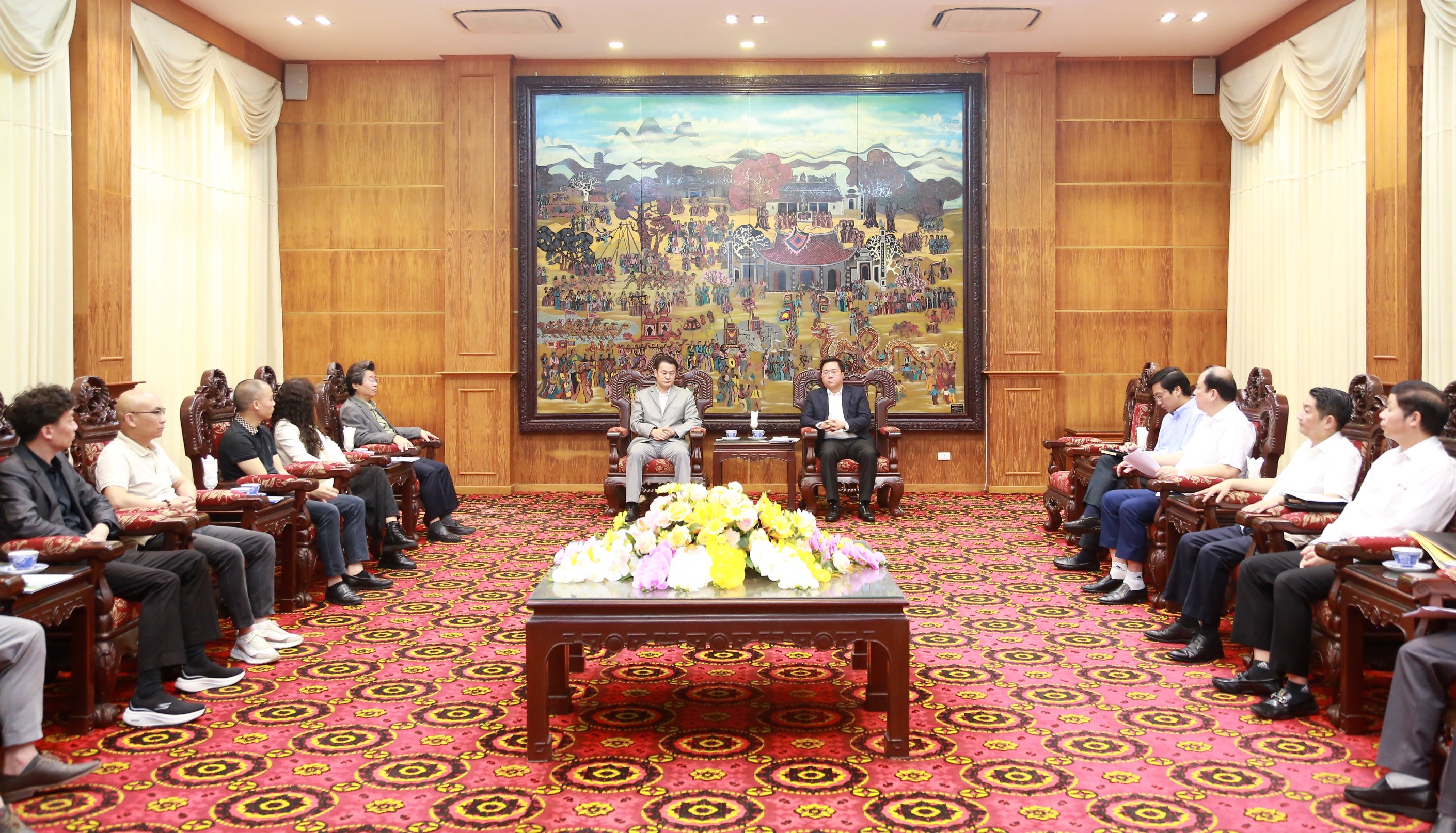
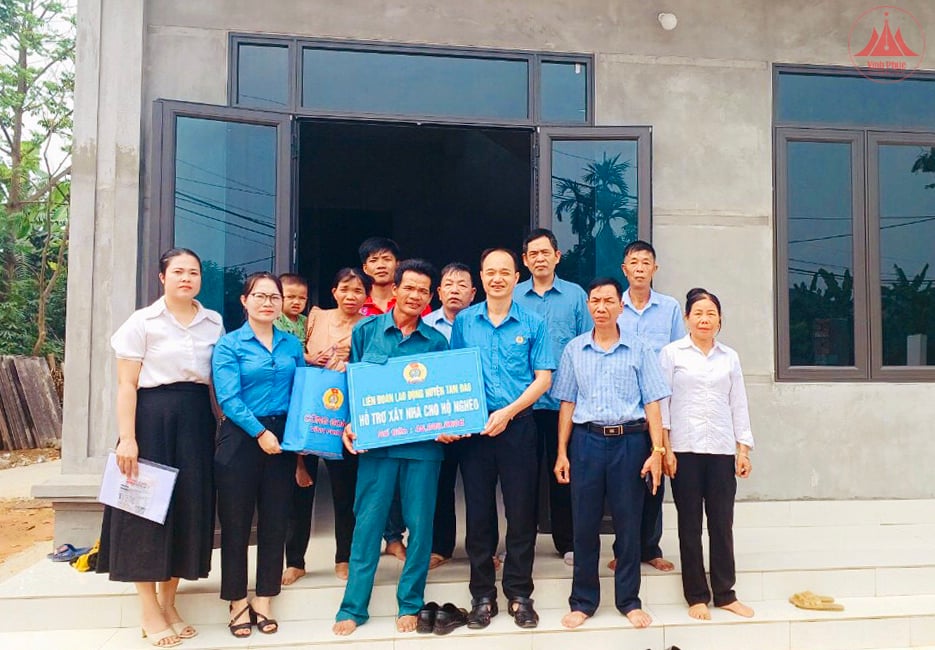
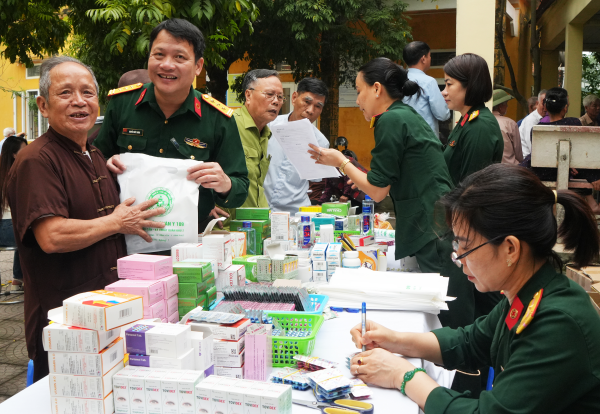


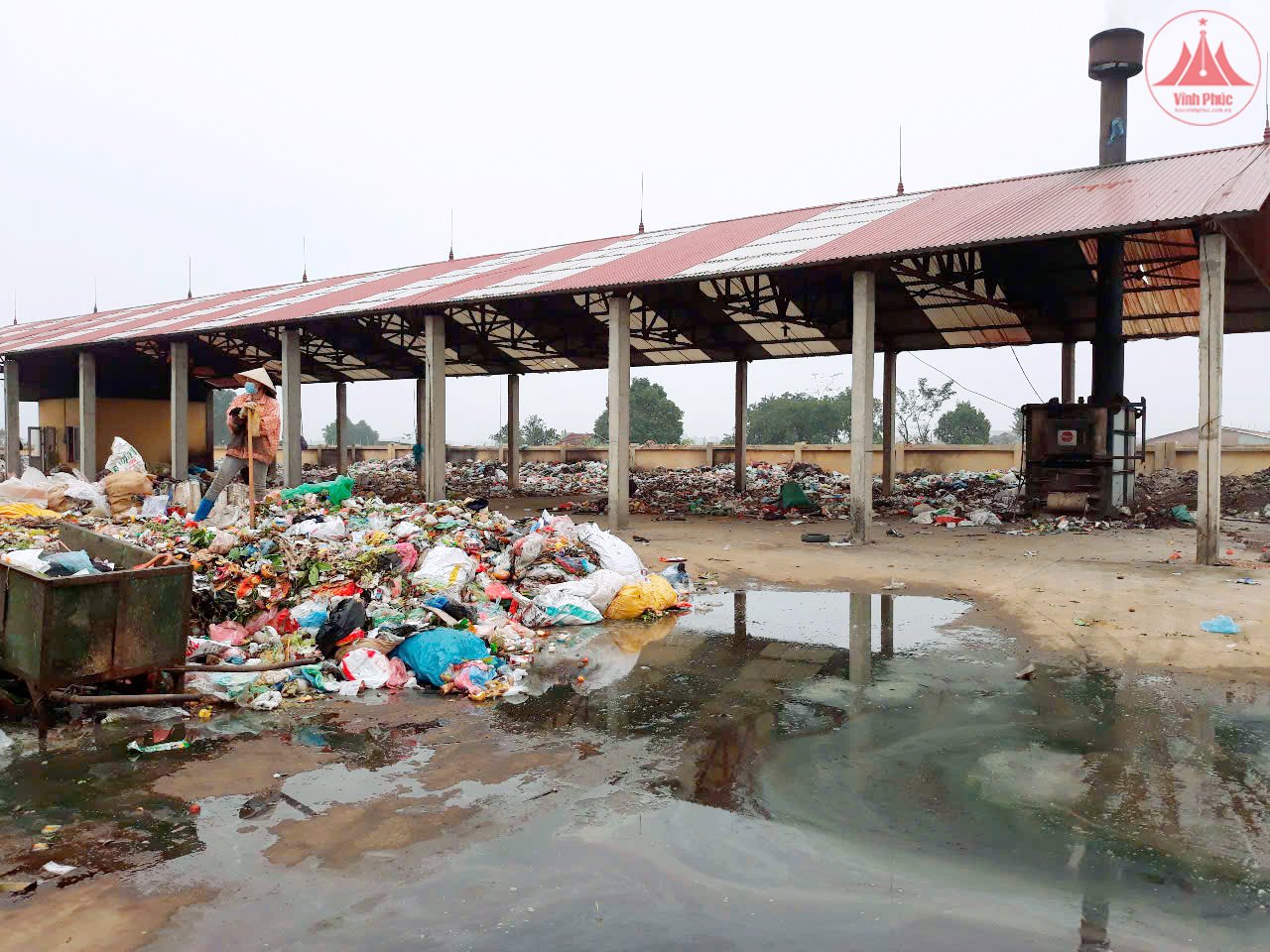





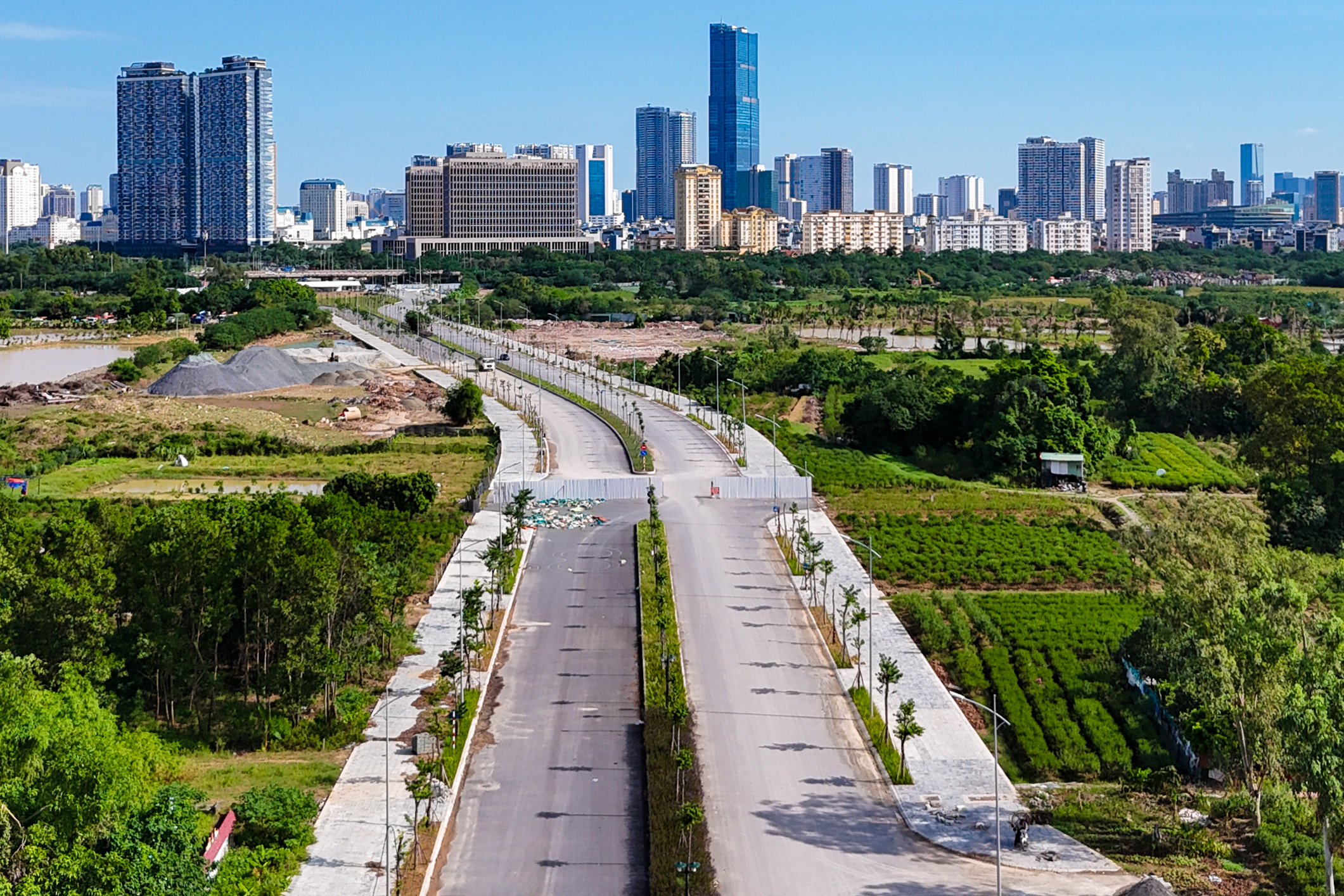

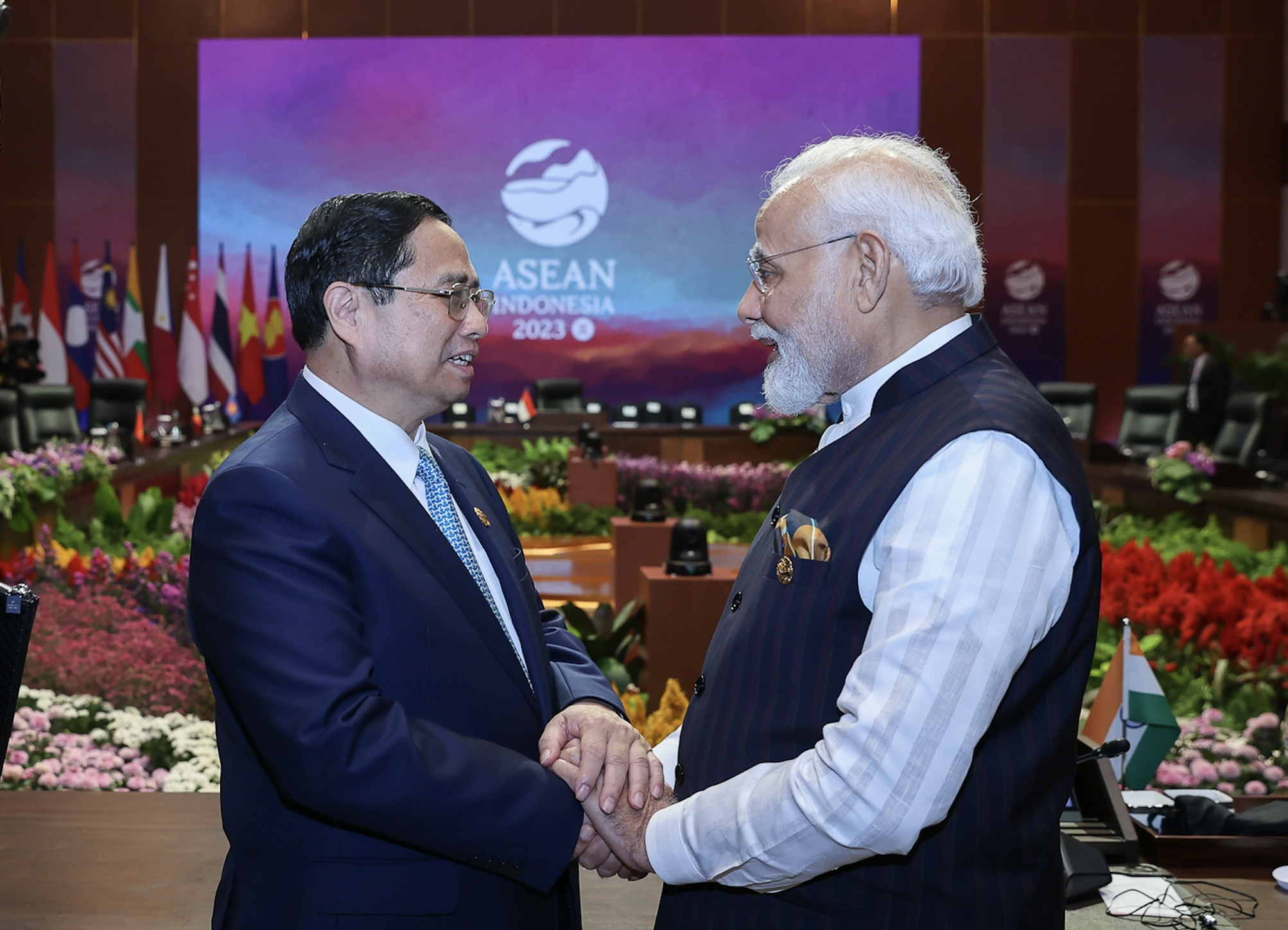















































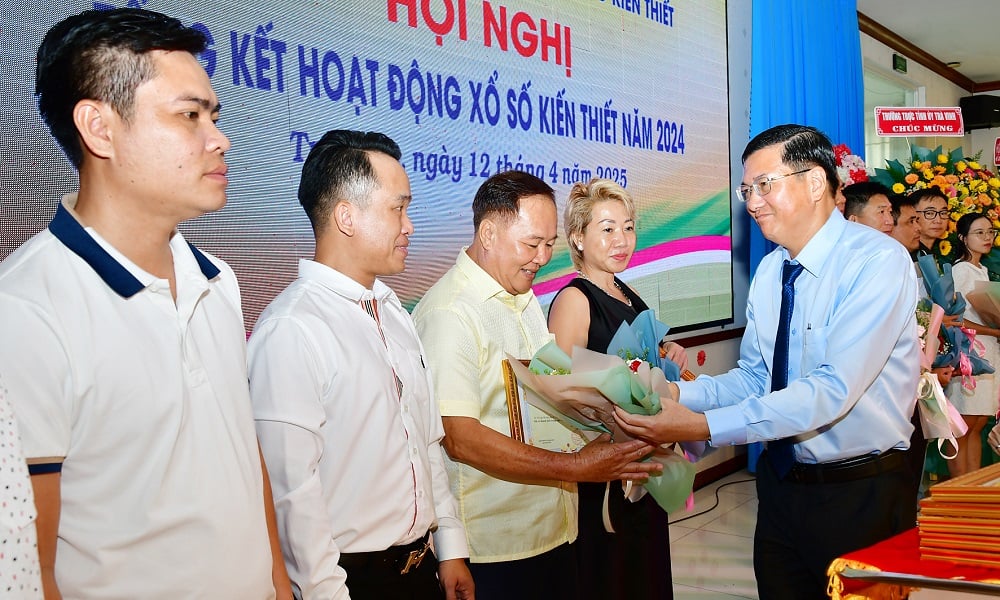
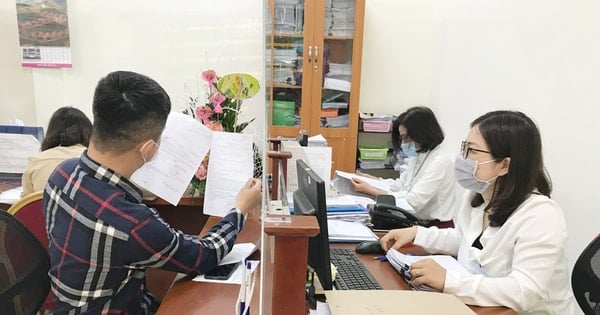

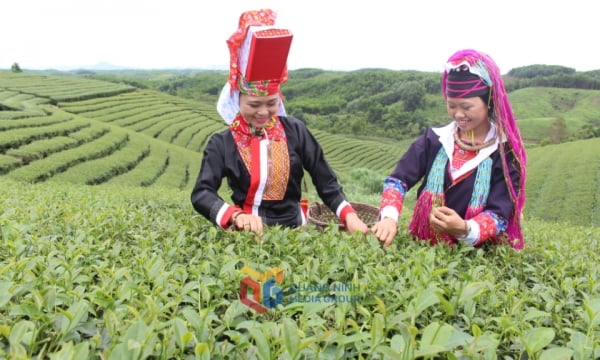

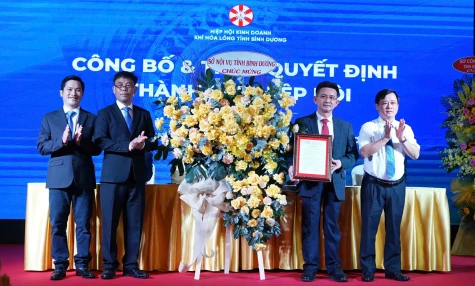



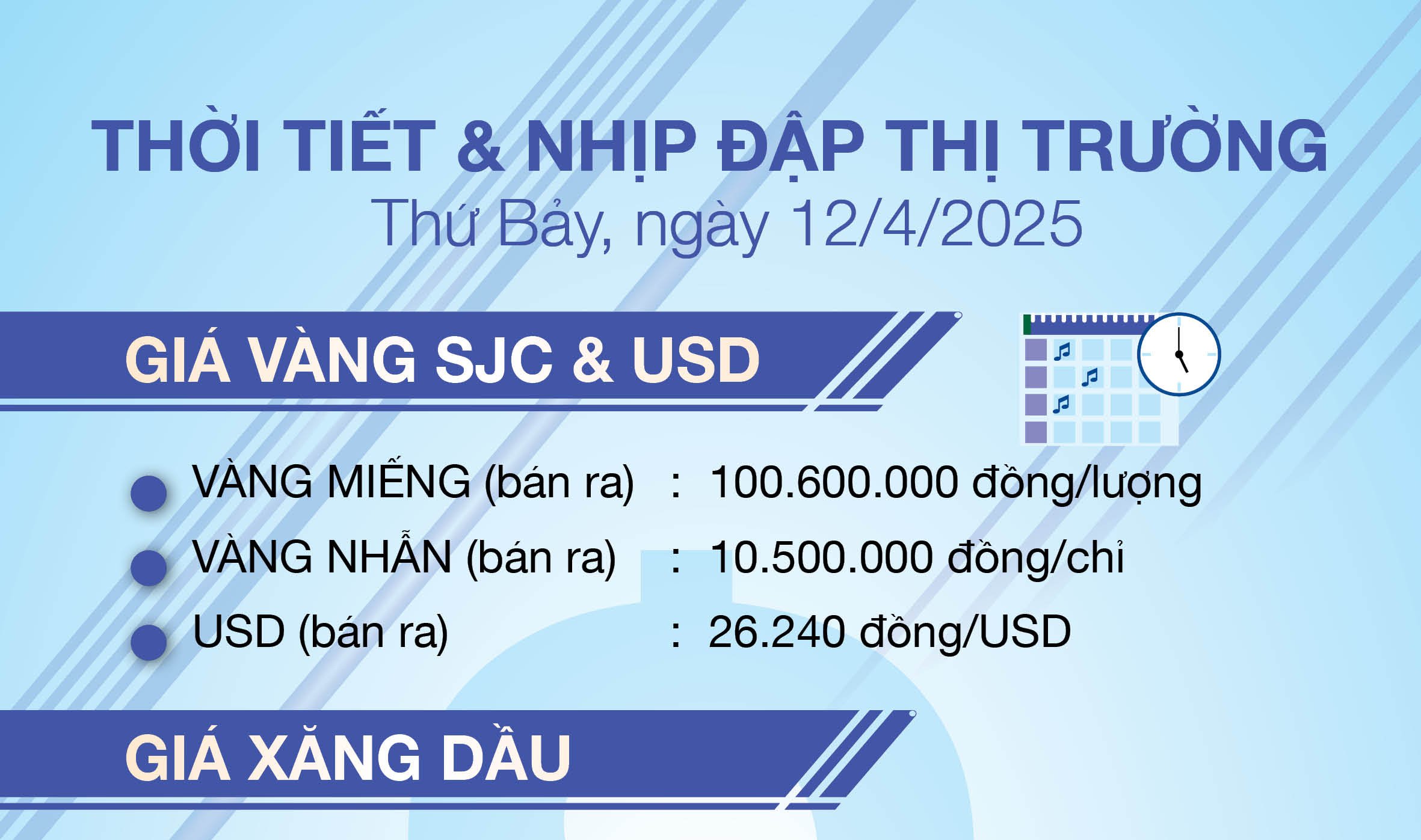












Comment (0)